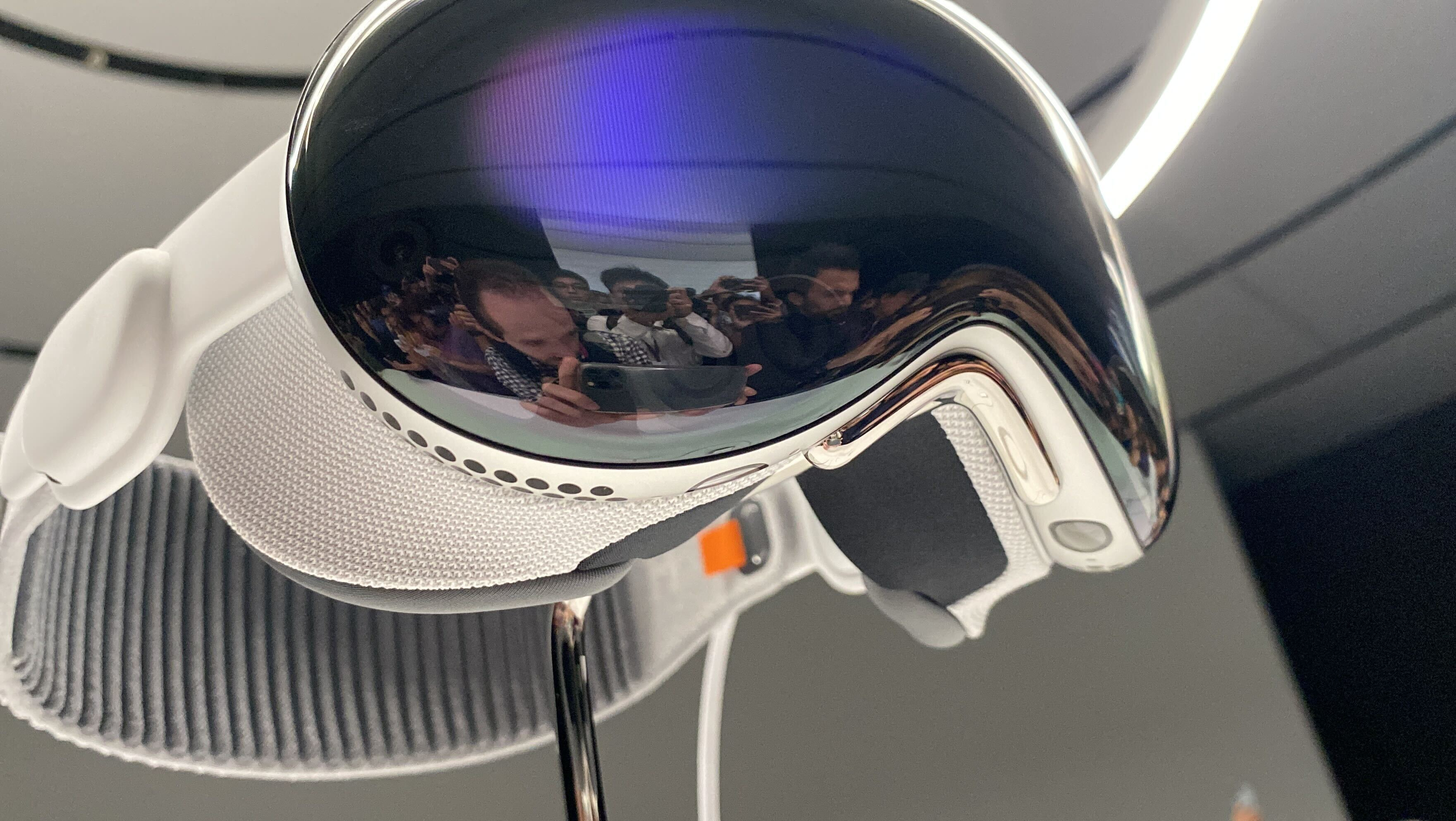
At WWDC on Monday, Apple's Vision Pro wowed a live audience at Apple Park here in Cupertino, as well as online around the world. CEO Tim Cook and a team that worked on the project detailed what they heralded as VR and AR's transformative properties as a computing platform.
And then, sitting in the live audience just inside Apple's flagship campus, I heard gasps. The Apple Vision Pro, at $3,499, would cost even more than the rumors suggested.
There's been a lot of skeptical talk on Apple's Campus today among the media and analysts (do we really want to use an AR headset to take photos of our families?), but also a lot of wonder that Apple has pulled off something so thin and seemingly so powerful. But everyone is mentioning the cost.
$3,499 is a lot. While that's not Mac Pro money, Apple is pitching this as a device that people will have in their homes, use to take photos of their families, watch movies and work like they would on their Mac.
But here's the thing. This is WWDC, and it is for developers. Apple is pitching the device months before release, which it typically does with products when it needs to get developers on board. Apple has pitched the Vision Pro as its future, but it can't do that without a boatload of apps.
And that's what the Vision Pro seems like: a $3,499 dev box. At least, in the short term, this will be the headset that developers use to design Apple's future, should the Vision Pro succeed. And those apps will trickle down, to cheaper headsets, potential AR glasses, and other rumored products. Those dedicated developers are the ones that can make something like the Vision Pro a winner, and Apple absolutely needs them on board.
I didn't get the chance to test the Vision Pro at Apple Park — those opportunities were few and far between, though I know they existed. But even without that, I can see a version of this that entices me more than the Vision Pro currently does, a few years down the road.
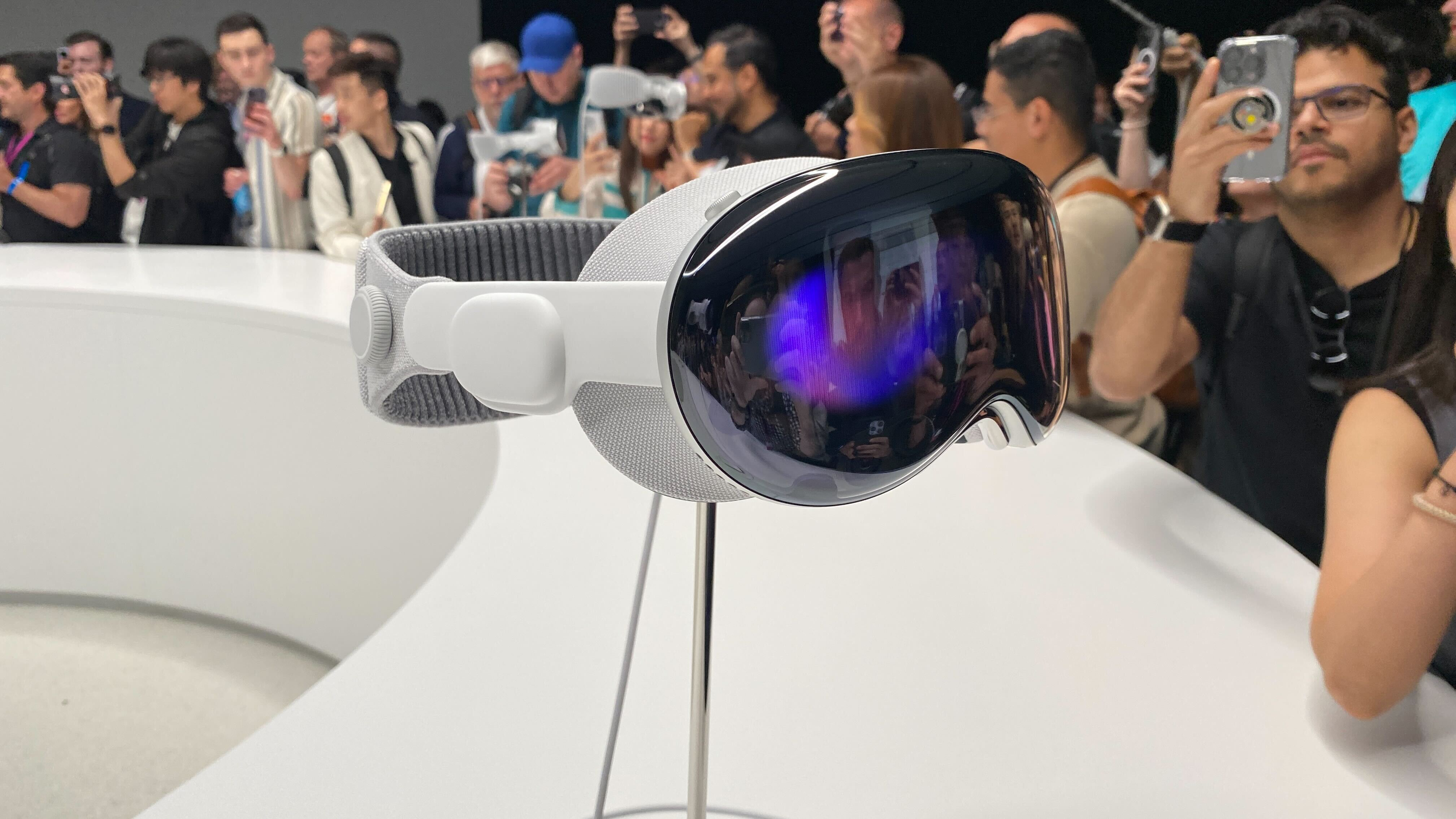
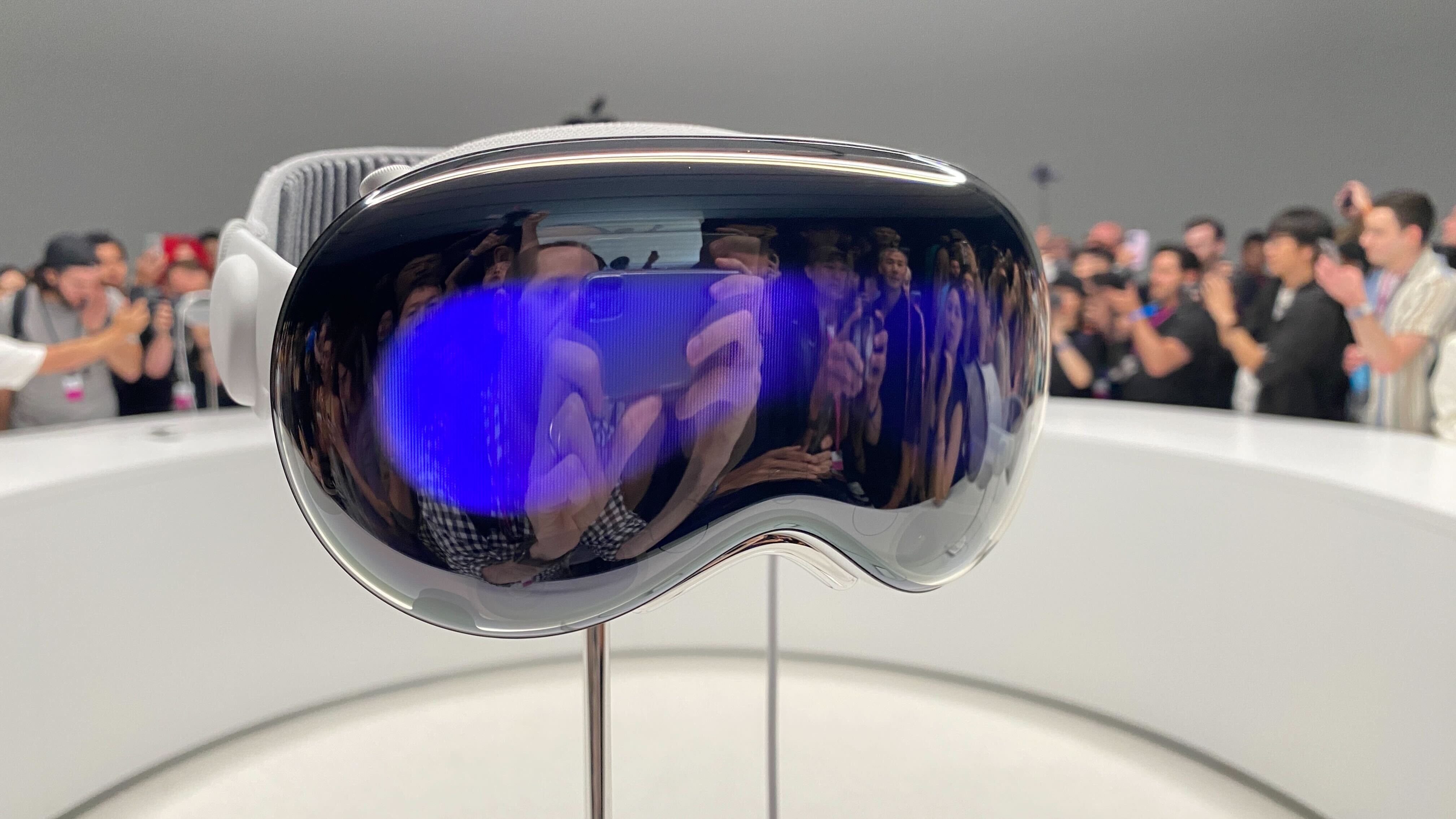
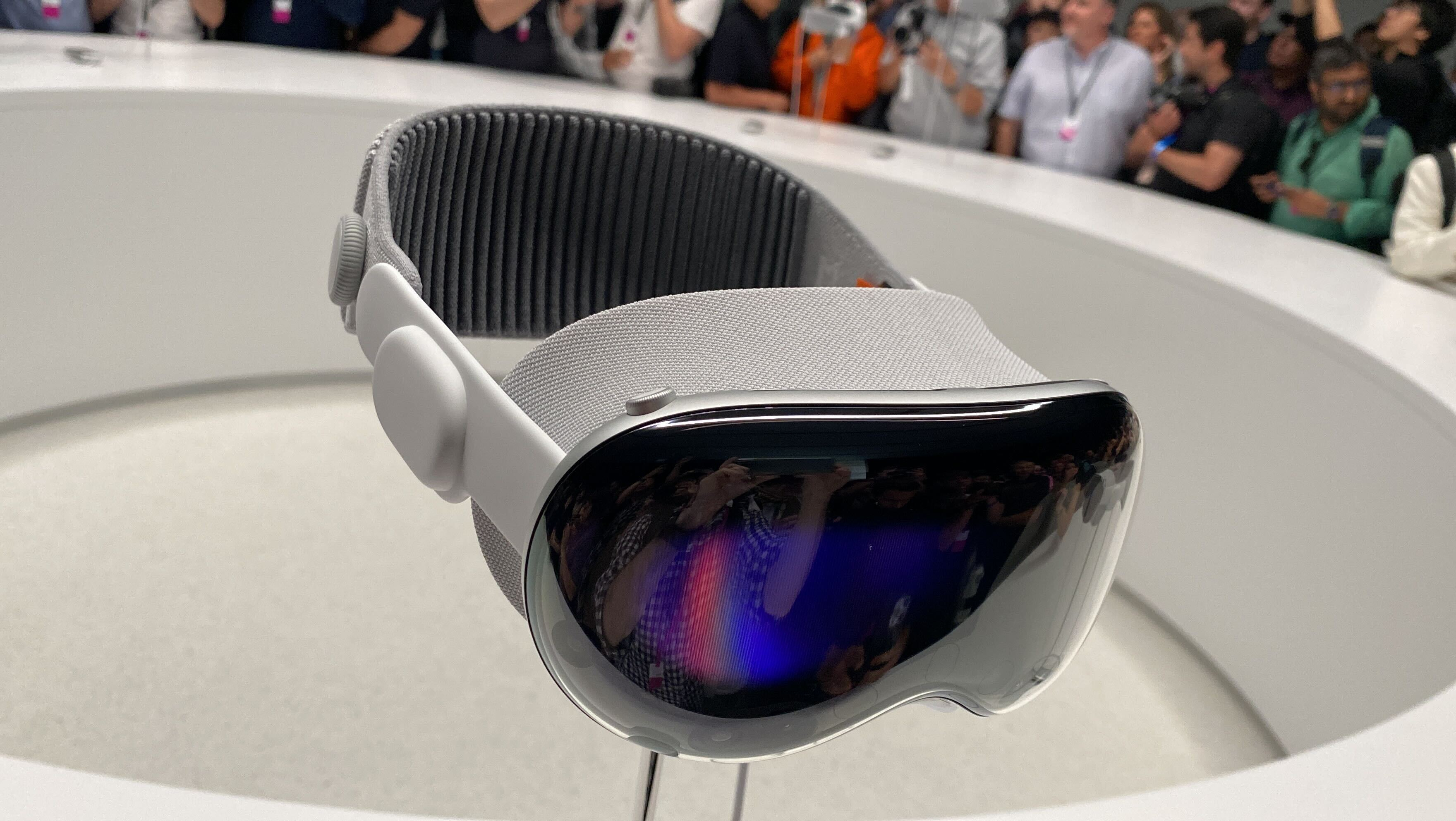
Sure, I could name some issues. For one, while the Vision Pro looks far slimmer than similar products, it still looks like it could be heavy on the head (again, I didn't get to try it), and it has a battery pack that hangs down off the back, which isn't ideal and feels very first generation, and offers only two hours of battery life when not plugged in. The other thing Apple needs is a killer app. There was no one dedicated reason to use Vision Pro that's better than an iPhone or a Mac. Apple needs its developers to make a lot of these, and to make them fast.
We've seen this before. Apple releases a product. It's expensive, out of reach, or not as focused as we'd like. But Apple knows how to whittle. Think back to the Apple Watch, which came out in 2015 with few customization options and an "Edition" model class with 18K gold. Heck, when it was revealed, a Gawker editor started a pledge not to sleep with anyone wearing one; today, that would mean he might have trouble finding a partner, as Apple ships more watches than many of the Swiss watchmakers. But the Watch needed some editing. Since then, Apple has changed the focus to fitness and health and added multiple watch faces with customization options. I doubted it at first, and now I love mine.
We saw something similar with the HomePod, as the original kind of failed to launch. But with the cheaper, $99 HomePod Mini, Apple made something that, while still a luxury, better competes with Amazon's Echo speakers. The newer full-sized HomePod is cheaper than the original, was largely lauded as better by reviewers, but doesn't supplant the entry-level item. It's an improvement, but one we're still seeing in progress.
$3,499 is still a stretch for a new category. But the Vision Pro is the first play in a long game, which will compete with Meta, HTC, and likely a number of other players who we may not even know the names of yet.
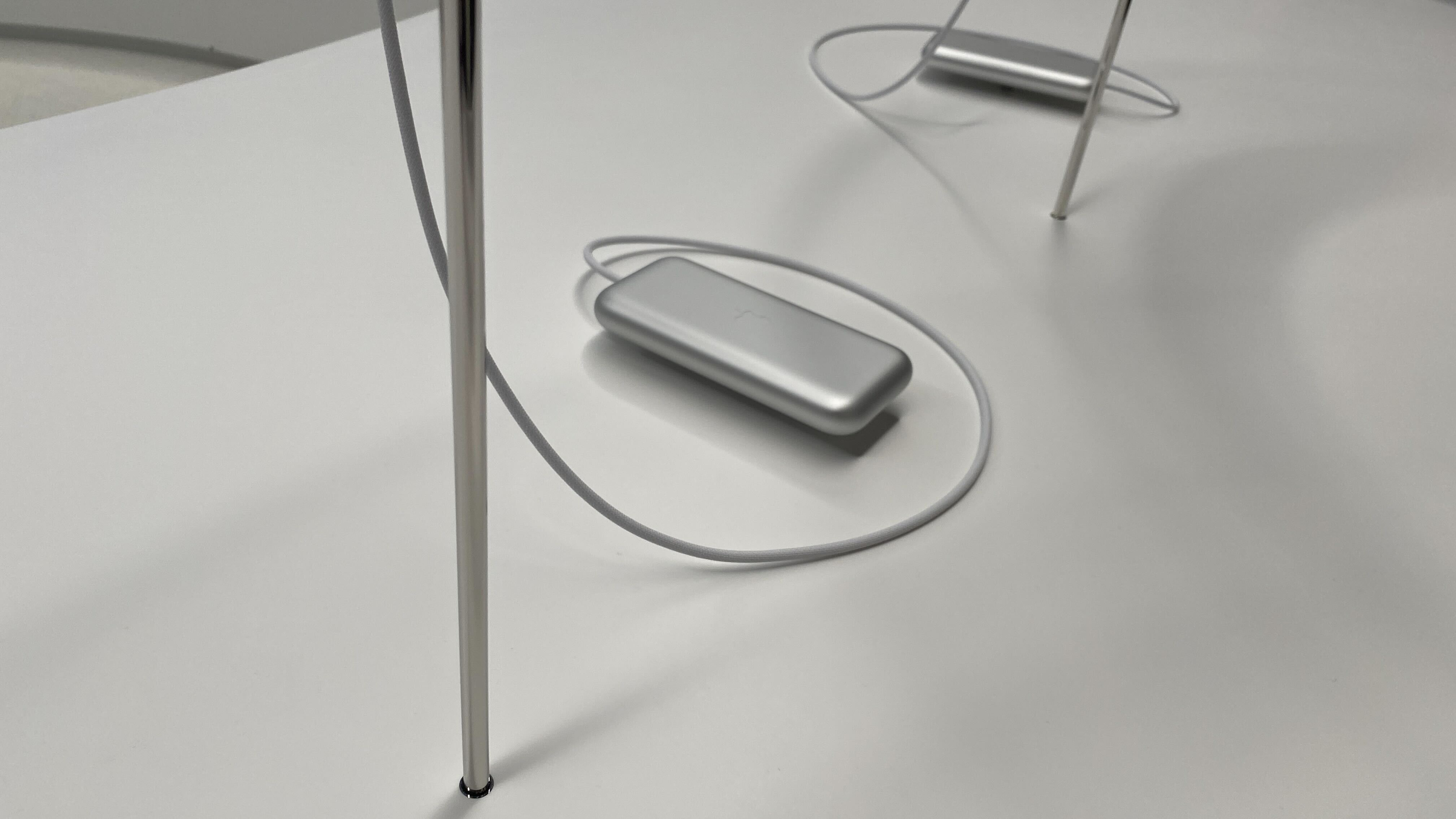
But knowing history, Apple usually, eventually, gets hardware right. If AR/VR/XR takes off as a new frontier in computing, Apple will be on the leading edge, editing as it goes along. Maybe it will eventually get rid of the battery pack or focus more on certain types of apps. Over the years, it may increase the field of view, resolution or other specs (some of which Apple has not confirmed for this model yet!) Perhaps cheaper models will emerge. And as those things happen, it will get there with an App Store full of software from dedicated developers. And this time, it also has to launch beyond the U.S. Here, Apple is starting in just one country.
In between, Apple is still working on its Macs as productivity machines (a space it clearly hasn't abandoned, but has embraced with a new enthusiasm), and it's not like the iPhone is going anywhere. This will be a slow transition. Apple and its competitors have to prove that you want to wear a computer on your face. Meta's been trying for a few years and hasn't done that yet.
It's unclear if what we witnessed at WWDC is an iPhone moment. Like the iPhone, we won't know immediately upon launch what the Vision Pro — or the AR space — does with its impact. But Apple has the resources to keep iterating.
You do have to start somewhere. If it works as advertised, a headset that relies entirely on hands, eyes, and voice, with tons of apps from Apple's ecosystem ready to go, including specialized experiences from Disney, works as a great first step. But until I get to try it, I firmly see this announcement as a first step in building the future, with Apple's dedicated third-party developers making experiences that will germinate here, but become invaluable down the line. Those are the super-fans who will pay to plant a flag, even as everyone else lines up just to try one at an Apple Store.
Am I skeptical? Sure. But talk to me again in a few years. We'll see where I am then.
Note: As with all of our op-eds, the opinions expressed here belong to the writer alone and not Tom's Hardware as a team.







